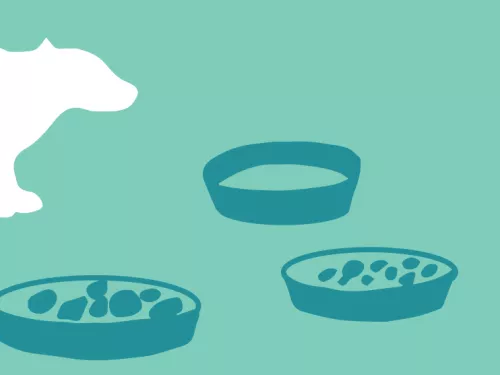
What to feed hedgehogs and badgers
Putting out a bit of food can help see mammals like hedgehogs through colder spells.
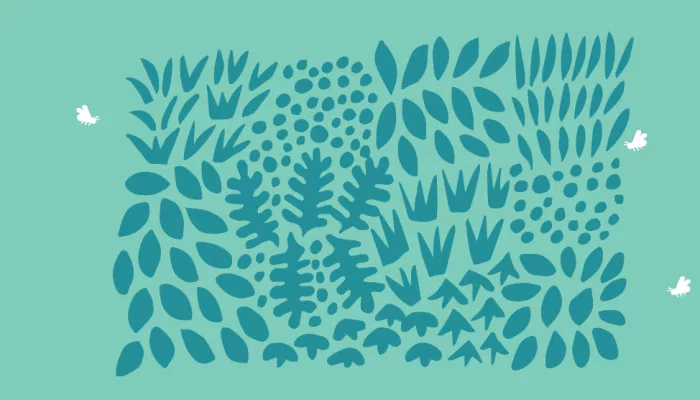
Gardening doesn’t need to be restricted to the ground - bring your walls to life for wildlife! Many types of plants will thrive in a green wall, from herbs and fruit to grasses and ferns.
Gardeners have long been creating ‘green walls’ using wires or trellises to provide a framework for climbing plants. Climbing plants like clematis, honeysuckle, rose and jasmine can create an amazing scent for your garden and are loved by many creatures from butterflies to bees.
But ‘vertical garden’ can also mean plants living in pots fixed to the wall, hanging baskets, or on ladders or steps, giving depth to patios, driveways and small spaces.
A popular choice for vertical gardens is using upcycled wooden pallets! Be careful with edible planting – there are some health concerns regarding pesticide treatments of the wood, so take care when selecting your pallets. To be safe, if you’re planting directly into the pallets, use them for flowers instead. Otherwise you can use a leaning pallet to attach pots. Other popular choices for upcycled vertical gardens include shoe organisers and plastic bottles!
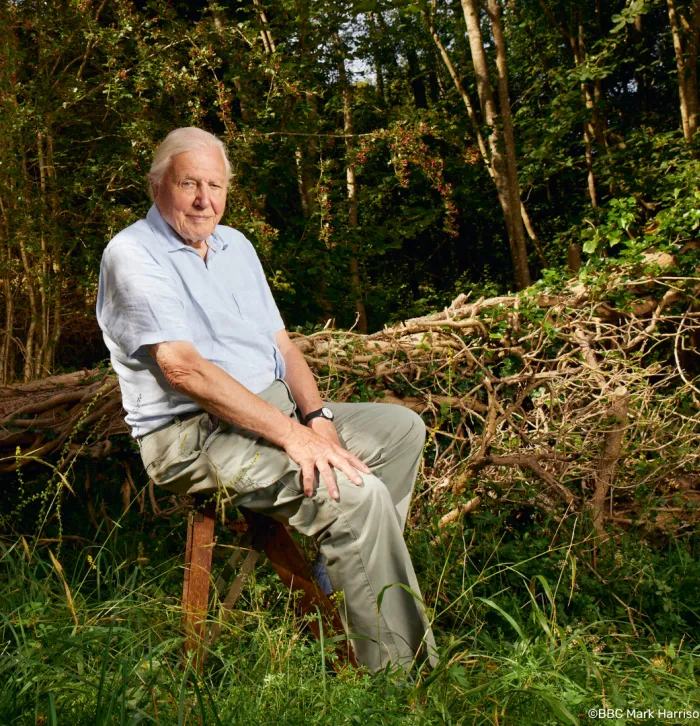

Putting out a bit of food can help see mammals like hedgehogs through colder spells.
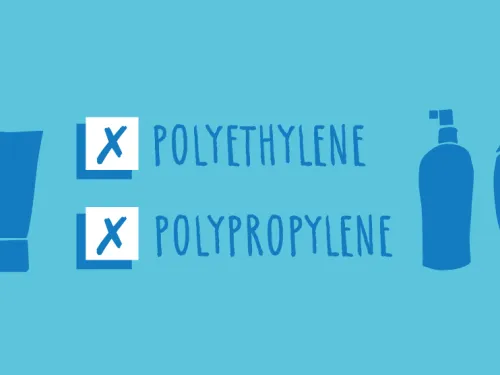
Some cosmetics, soaps, washing-up liquids and cleaning products can be harmful to wildlife with long-lasting effects.
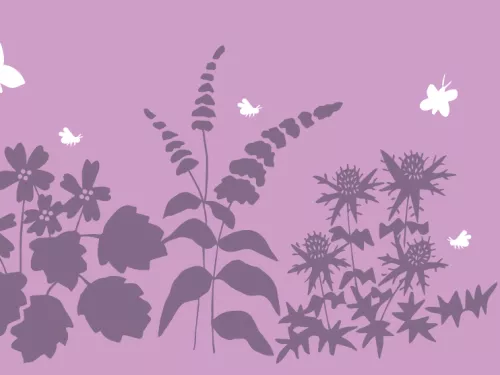
Set up a ‘nectar café’ by planting flowers for pollinating insects like bees and butterflies

Bringing a piece of your holiday home is a great way of keeping the memories alive – just make sure it’s wildlife-friendly!

Sending letters 'to the Editor' of local newspapers is another great way to speak up for wildife.
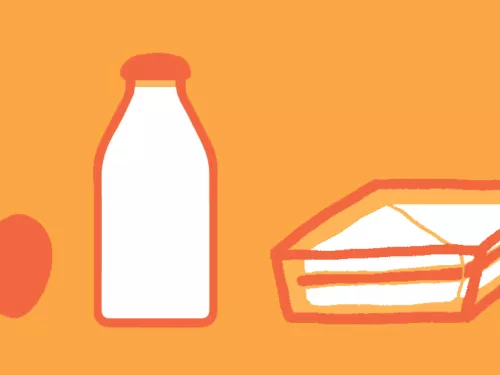
10 tips to reduce food waste today!